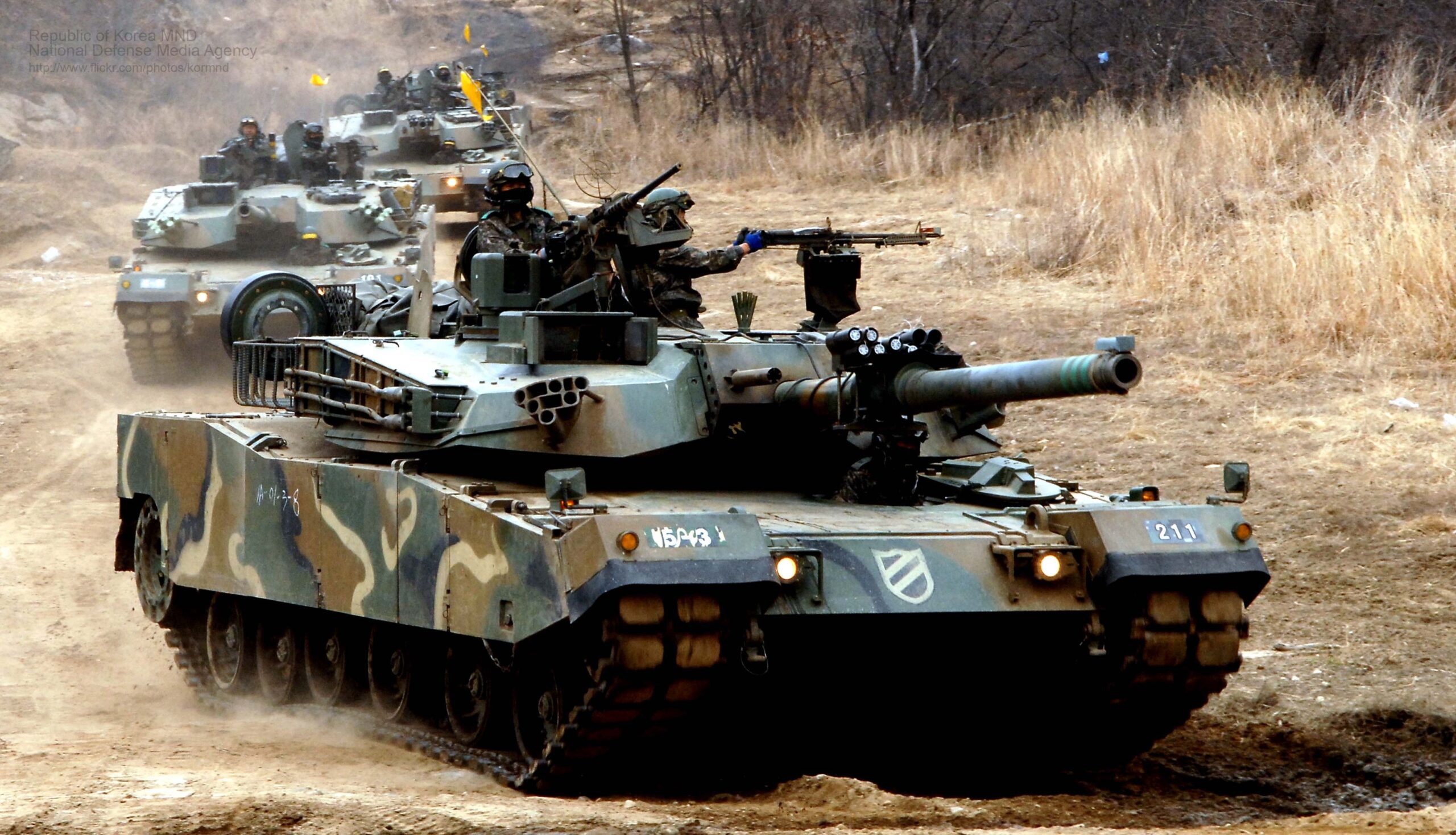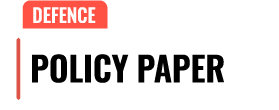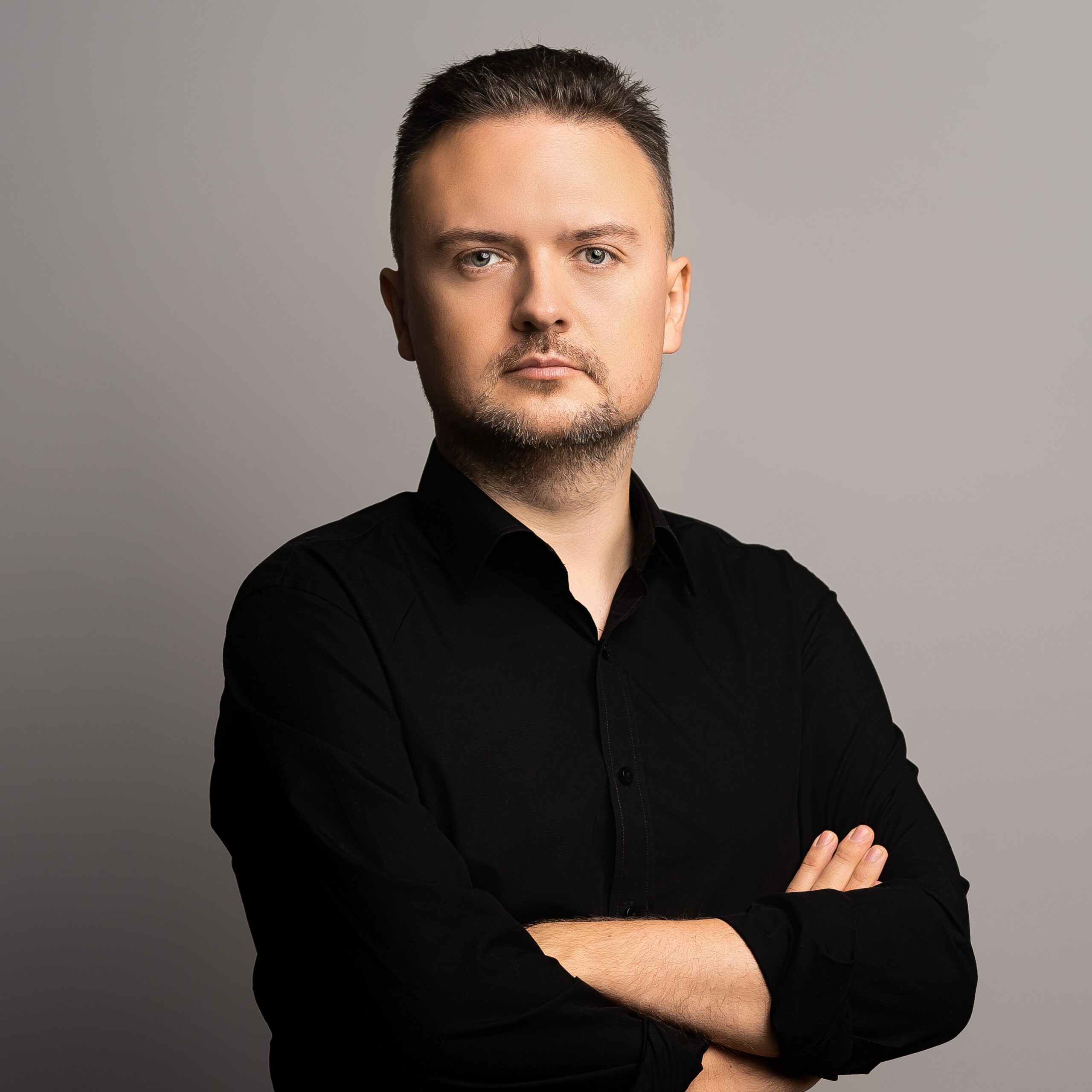982e707610401e6c778719cf45bdc2cd-scaled
Autor foto: Domena publiczna



982e707610401e6c778719cf45bdc2cd-scaled
Autor foto: Domena publiczna
South Korea remains unwilling to provide military aid to Ukraine
Autor: Robert Czulda
Opublikowano: 23 maja, 2023
Pulaski Policy Paper no 25, May 23, 2023
Despite mounting pressure, South Korea remains unwilling to provide military assistance to Ukraine. This stance is rooted not only in Seoul’s longstanding policy of refraining from supplying arms to nations engaged in active conflict, but also in the highly sensitive security situation in the region.
Position of the Republic of Korea on the conflict in Ukraine is clear-cut. Seoul has been actively supporting measures to impose sanctions on Russia and has joined efforts to limit export of strategic goods not only to Russia, but also to Belarus. South Korea has also curtailed its imports of fossil fuels from Russia, as well as its exports of critical products such as semiconductors and machinery.i Additionally, South Korea has provided humanitarian aid to Ukraine, with an estimated value of $100 million.ii In February 2023, South Korea declared an additional $130 million in aid.iii
Many commentators had hoped that the Biden administration would be able to influence the stance of South Korea during President Yoon’s recent visit to Washington, which marked the 70th anniversary of the alliance between the two nations. However, this did not ultimately come to pass. Yoon is the architect and advocate of a new foreign policy for South Korea. He became president in May 2022 and quickly moved the country closer to the United States, even approaching NATO. Yoon became the first South Korean president to attend a NATO summit, which took place in Madrid. Nevertheless, despite this rapprochement and the emphasis on the role of universal values in foreign policy, Seoul remains uncompromising in its position on providing direct military assistance to Ukraine.
Seoul’s dilemmas
South Korea’s reluctance stems from two fundamental reasons – concerns over reactions of China and Russia. Seoul seeks to act cautiously so as not to disturb a delicate situation in the region. Regarding China, it should be noted that the People’s Republic of China is a very important economic partner. According to Ellen Kim (Deputy Director and Senior Fellow at CSIS Korea Chair), “South Korea and its exports need China. In other words, Seoul must balance between security interests and economic interests. This is also influenced by geopolitics – South Korea is geographically closer to China than other countries. At the same time, Seoul needs China to influence North Korea. That is why South Korea’s position is so difficult, and the choice between the United States and China is so complicated”.ivChina’s policy towards the war in Ukraine is ambiguous, and there is a risk that excessive assistance from South Korea to Ukraine would not be well-received in Beijing.
When it comes to concerns about Russia’s reaction, a situation is much more straightforward. Seoul fears that the unequivocal support for Ukraine, and therefore the pro-American bloc, in the war against Russia, will provoke the Kremlin to use direct countermeasures, such as increasing aid to North Korea. It is precisely the regime in Pyongyang that remains the most significant challenge for South Korea. Seoul is particularly concerned about missile tests and nuclear tests. It is worth recalling that only in July 2022 it was agreed to resume long-suspended live joint military drills. They were previously suspended by President Moon’s administration not only because of the COVID-19 pandemic but also out of fear of provoking North Korea. According to reports, North Korea has already been producing artillery shells for Russia in exchange for goods such as gas and flour. Additionally, “Pyongyang is also recruiting personnel from its companies in Russia to work on reconstruction projects in eastern Ukraine”.v
South Korea has reasons to fear that providing weapons to Ukraine could provoke Russia to start supplying weapons to North Korea. Even if they are outdated (older generations of tanks) or relatively simple (drones), this would disrupt an existing balance and could lead to a faster arms race on the Korean Peninsula. The authorities in Seoul are particularly concerned about Russia providing nuclear and missile technologies (including knowledge about engines) to North Korea. Even if there was no escalation of military support for North Korea, worsening relations between South Korea and Russia would reduce chances of Kremlin’s assistance in bringing North Korea back to talks over Pyongyang’s nuclear program.
Korean supplies to Ukraine
South Korea, one of the world’s fastest-growing arms exporters, is facing increasing pressure from NATO and some Western states to supply arms to Ukraine. An official plea was made by NATO Secretary General Jens Stoltenberg during his visit to Asia, including Seoul, between January and February of this year.viFor now, South Korea’s position remains unchanged, but this does not mean that the pressure has not led to any changes.
It has been reported previously that Seoul has agreed to export munitions, at least 100,000 howitzer rounds of 155 mm calibre, not directly to Ukraine but to the United States, who would use them to replenish its own stocks. In March 2023, rumours emerged that “South Korea reportedly reached an agreement last month to “lend” 500,000 rounds of the ammunition to the United States to backfill its stockpile after sending ammunition to Ukraine rather than selling it”.vii
This approach does not undermine South Korean policy of neutrality, while at the same time it created a channel for providing important, albeit short-term, assistance. Every day, both sides are using thousands of artillery shells. Although it was reported that the United States would be the “end user” to avoid violating South Korean law, it is impossible to verify in reality. South Korea is believed to have “vast stockpiles of ammunition due to the decades-long tensions” on the Korean Peninsula.viii
South Korea possesses weapons that would be extremely valuable to Ukrainians. A significant portion of their weaponry is compatible with NATO standards, while some previously imported from Russia is compliant with Soviet standards, which are still widely present in the Ukrainian Army. In addition to light arms such as assault rifles, light and heavy machine guns, grenades, grenade launchers, sniper rifles, mortars, and anti-tank systems, heavier systems such as the T-80 tanks are also available. These tanks were fielded by two tank battalions of the South Korean Army, with roughly 30 imported in the mid-1990s. Furthermore, South Korea could also transfer its BMP-3 infantry fighting vehicles, which were given by Russia in 1996 as partial payment of debts. South Korea has been locally producing the M270-series rockets for the M270 multiple-launch rocket systems, which have already been delivered to Ukraine by some NATO member states. A list of military-related aid, though non-lethal in nature, could also include fuel, mine clearing equipment (including vehicles), medical vehicles, recovery vehicles, communication equipment, and medical supplies.
Conclusions
South Korea, which emphasises the importance of a value-driven foreign policy, is not doing enough to help Ukraine. The aid provided over the past year is symbolic and does not reflect either South Korea’s economic power or political ambitions. Seoul has clearly demonstrated its growing desire to increase its position in Europe, and the war in Ukraine provides a good opportunity to demonstrate its strength.
Political position of South Korea, although geographically located far from Central and Eastern Europe and the Ukraine-Russian frontline, is very difficult and delicate. South Korea, whose policy prohibits sending military aid to any country that is actively engaged in a war, must balance between the United States (its most important political and military partner) and China (its most important economic partner). It must also take into account all actions and possible reactions of Russia, which has close relations with North Korea – the most important challenge and threat to South Korea.
Although on the one hand South Korea shows a willingness to approach NATO and has become more active in Central and Eastern Europe in recent years, as evidenced by the numerous exports of weapons to Poland, on the other hand, it does not want to be dragged into the Russian-Ukrainian war. Only the United States can break this dilemma. Only that country has the means to influence South Korea’s currently unequivocal position.
Policy recommendations
- Chances of directly providing weapons to Ukraine remain small. However, this does not mean that this can be ruled out. In mid-April 2023, Seoul for the first time suggested that it was possible to provide weapons to Ukraine “if there is a situation the international community cannot condone, such as any large-scale attack on civilians, massacre or serious violation of the laws of war”.ixThis means that Seoul, aware of its difficult choice (every decision will have its price), may change its position. Therefore, it is crucial to consistently persuade South Korea to increase the scale of aid to Ukraine, both in terms of humanitarian, economic, and military aspects.
- South Korea should be persuaded to either sell or donate their weapons, ammunition, and spare parts to third-party countries – such as the United States or Poland – without any re-export restrictions. This would allow these countries to use the weapons as they see fit, including transferring them to Ukraine. This scenario has already been considered by South Korea.x
- As for ammunition, which is particularly valuable, South Korea should be encouraged to export it to specific NATO member states who would be the “end users” (if South Korea remains adamant on this condition). These countries could then transfer their own supplies to Ukraine. Regardless of these actions, South Korea should also be urged to provide less controversial and difficult-to-identify items, such as non-lethal goods.
Author: Robert Czulda, Resident Fellow Casimir Pulaski Foundation
Supported by a grant from the Open Society Initiative for Europe within the Open Society Foundations
i Michelle Ye Hee Lee and Min Joo Kim, “South Korea faces ‘Sophie’s choice’ over sending weapons to Ukraine”, The Washington Post, April 13, 2023, https://www.washingtonpost.com/world/2023/04/13/south-korea-ukraine-weapons-export.
ii Soyoung Kim, Ju-min Park and Hyonhee Shi, “Exclusive: South Korea’s Yoon opens door for possible military aid to Ukraine”, Reuters, April 19, 2023, https://www.reuters.com/world/asia-pacific/south-koreas-yoon-opens-door-possible-military-aid-ukraine-2023-04-19.
iii Khang Vu, “Why North Korea is denying its involvement in Russia’s war in Ukraine”, The Interpreter, February 14, 2023, https://www.lowyinstitute.org/the-interpreter/why-north-korea-denying-its-involvement-russia-s-war-ukraine.
iv Dasl Yoon, „South Korea Approves Export of Weapons Components to Ukraine”, The Wall Street Journal, March 8, 2023, https://www.wsj.com/articles/south-korea-approves-export-of-weapons-components-to-ukraine-dfe68d6.
v Dasl Yoon, „South Korea Approves Export of Weapons Components to Ukraine”, The Wall Street Journal, March 8, 2023, https://www.wsj.com/articles/south-korea-approves-export-of-weapons-components-to-ukraine-dfe68d6.
vi Lolita C. Baldor and Tara Copp, “US to buy South Korean howitzer rounds to send to Ukraine”, The Associated Press, November 11, 2022, https://apnews.com/article/russia-ukraine-europe-business-south-korea-government-and-politics-15569a7bfdb6c53404cfce5f0df1c28f.
vii Robert Czulda, “Nowy rząd Korei Południowej chce większej współpracy z NATO i Stanami Zjednoczonymi. WYWIAD”, Defence24, August 7, 2022, https://defence24.pl/geopolityka/nowy-rzad-korei-poludniowej-chce-wiekszej-wspolpracy-z-nato-i-stanami-zjednoczonymi-wywiad.
viii Dasl Yoon, „NATO Chief Presses South Korea to Provide Arms to Ukraine”, The Wall Street Journal, January 30, 2023, https://www.wsj.com/articles/nato-chief-presses-south-korea-to-provide-arms-to-ukraine-11675075542.
ix Troy Stangarone, „2022 in Review: The Impact of Russia’s Invasion of Ukraine on South Korea”, Korea Economic Institute, January 4, 2023, https://keia.org/the-peninsula/2022-in-review-the-impact-of-russias-invasion-of-ukraine-on-south-korea.
x Jean Mackenzie, “Pentagon leak shows S Korea torn on sending Ukraine weapons”, BBC, April 11, 2023, https://www.bbc.com/news/world-asia-65236991.






